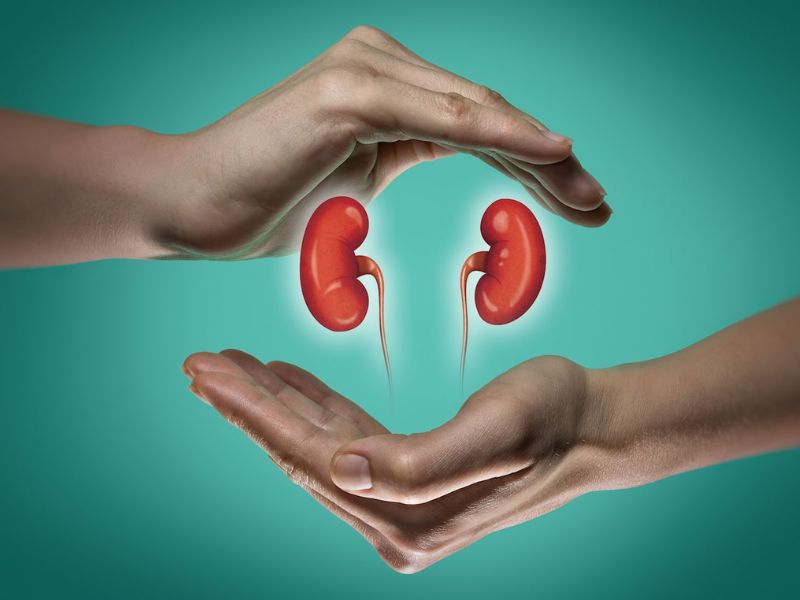Kidney stones are nothing but a hard cluster of minerals that sometimes form when your body doesn’t have enough natural chemicals in urine that prevent clumping. These clumps, or stones, can be very painful as they move from your kidneys and through your urinary system. The size shape and location will determine the course of treatment.
Non Surgical treatment
It is estimated that over 12% population of the world suffers from kidney stone. Usually stones that are small in size are eliminated through urine without any treatment. Doctor may suggest you waiting for the stone to pass for 4-6 weeks as long as the pain is bearable and there are no signs of infection or damage to kidney. You will be advised to drink more fluids to help pass the stone. If the pain is unbearable your doctor might prescribe pain killer and alpha blockers to reduce the pain and relax ureter and to help you pass the stone with ease. If the stone fails to pass or starts affecting the kidney a surgery will be advised.
Surgical Treatment for Kidney Stone
Surgery is recommended for kidney stone that are bigger than 5mm or are blocking the ureter. With advancement of medical science non invasive methods are developed to treat kidney stone. Considering the size, shape and location of the stone and health of the patient the doctor will provide with treatment options
1. Shockwave Lithotripsy(ESW)
2. Ureteroscopy(USR)
3. Percutaneous nephrolithotomy(PCNL)
1. Extracorporeal Shockwave Lithotripsy (ESW)
Lithotripsy in literal means breaking of stone. ESW is suggested to patients with kidney stone ranging from 4mm to 2cm. The lithotripsy machine consists of a shockwave generator, a focusing system and a coupling medium, which is usually water. In shockwave Lithotripsy high energy shockwave are directed to the kidney through water. These shockwaves breaks the kidney stone into small dust like particles which are then eliminated through urine. Shockwave Lithotripsy is an outpatient procedure and you can leave the hospital the same day. The advantage of lithotripsy is that there is no incision and the risks are very low. It is very important to let your doctor know about all your medical history before deciding on a treatment plan.
2. Ureteroscopy (URS)
Ureteroscopy is used to remove stone in the ureter and kidney. Ureteroscopy uses an Ureteroscopy which is a long and thin scope and has an eyepiece at one end, a rigid or flexible tube in the middle, and a tiny lens and light at the other end of the tube. Depending on the location of stone rigid or flexible scope will be used. The Ureteroscopy is inserted into the urethra, through the bladder into the kidney. The Kidney stone is broken into dust like particles using a laser. These particles will be eliminated through urine, for bigger particle it can be removed using a basket. Ureteroscopy is a day care procedure.
3. Percutaneous nephrolithotomy (PCNL)
PCNL is used to remove kidney stones that are large and dense to be removed by ESW or URS. It is a minimally invasive method for removing Kidney stone. A small incision is made to access the kidney on the back side of the abdomen. A tube and telescope is inserted under x-ray guidance, through the incision to view, break and remove the stone. PCNL can be used to treat stones which were not successfully removed by ESW or USR and can be used to remove large sized and multiple stones. It has faster recovery time and has higher success rate of clearing stones than ESW. The type of treatment will be decided by your doctor depending on the size and location of stone and also taking into consideration your overall health. For any further information on kidney stone treatments contact us.

